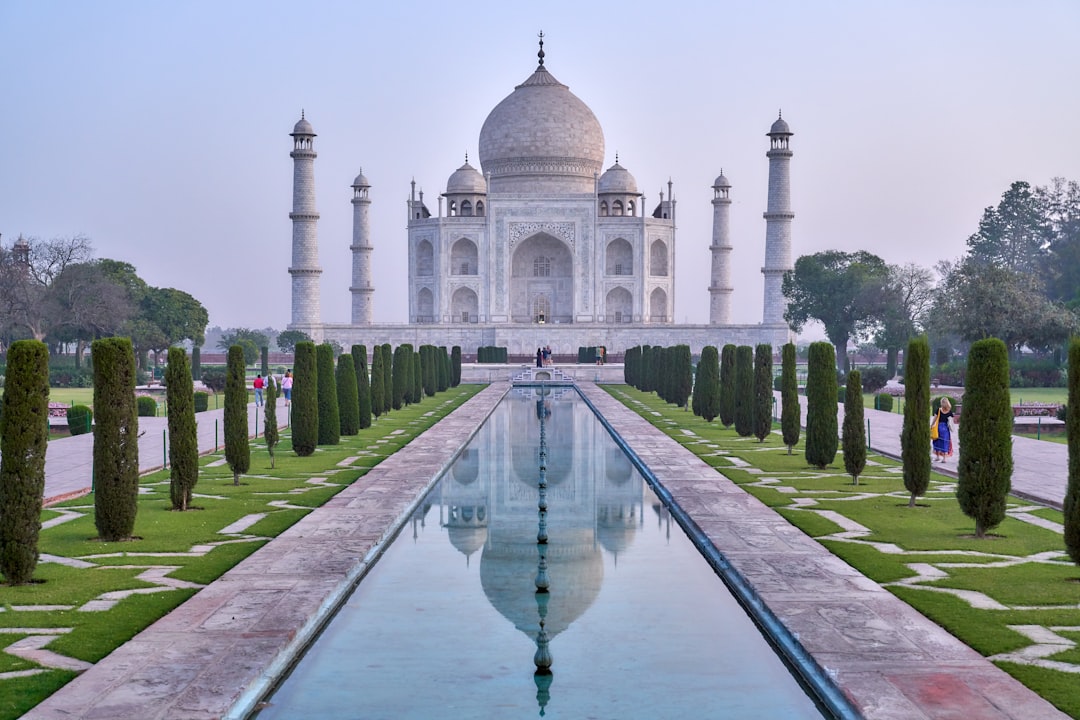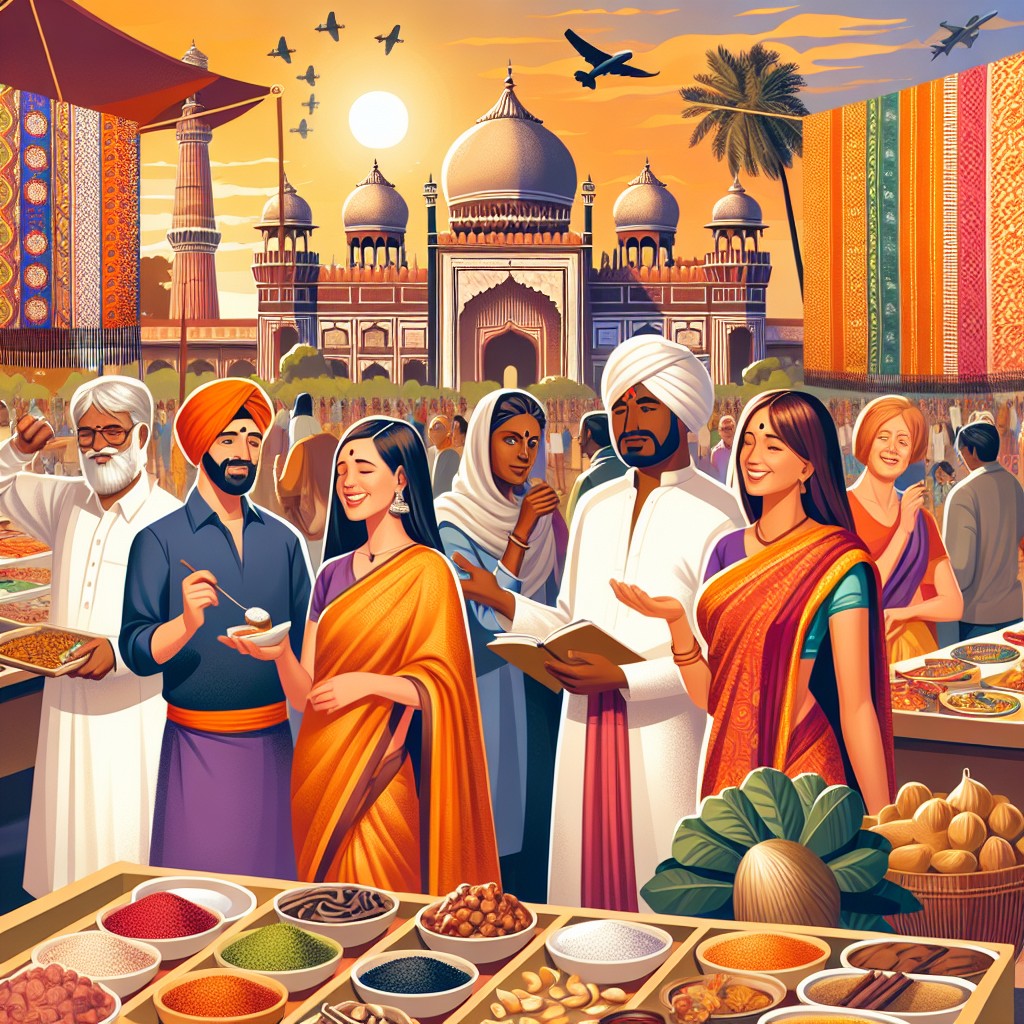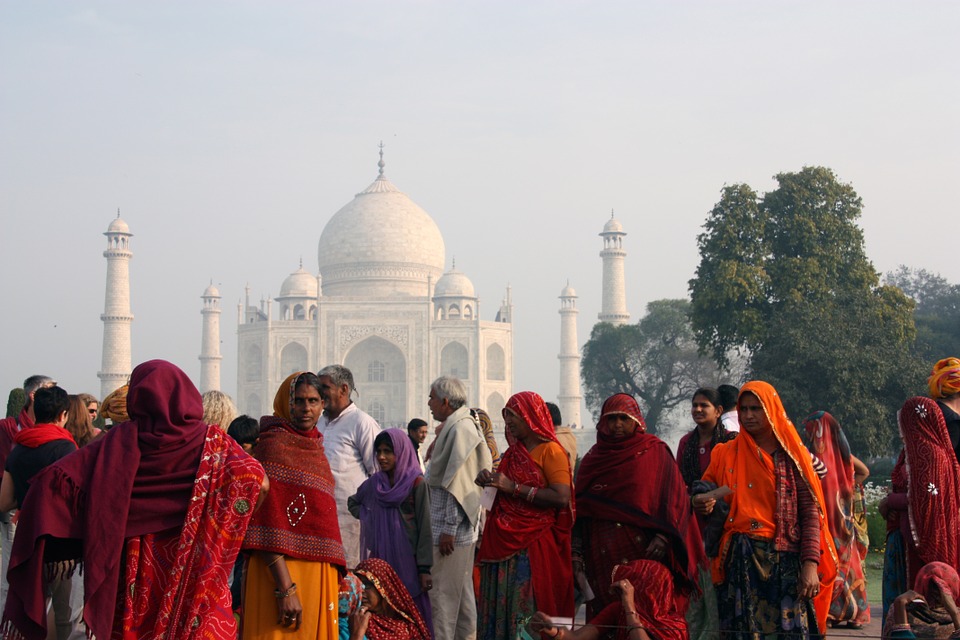
History of India
The Indus Valley Civilization, also known as the Harappan Civilization, was one of the world’s earliest urban societies. It flourished in the Indus River basin in what is now Pakistan and northwest India from about 2500 to 1700 BCE. The civilization was characterized by its advanced urban planning, sophisticated drainage systems, and impressive brick-built cities. The people of the Indus Valley were skilled in trade, with evidence of their goods reaching as far as Mesopotamia. They also had a system of writing, although it has not yet been fully deciphered.
The cities of the Indus Valley Civilization were well-planned, with streets laid out in a grid pattern and buildings constructed from standardized bricks. The largest of these cities, Mohenjo-Daro and Harappa, were both home to tens of thousands of people. The people of the Indus Valley engaged in agriculture, with evidence of wheat, barley, and domesticated animals such as cattle and sheep. They also had a sophisticated system of weights and measures, indicating a high level of economic organization. Despite these advancements, the decline of the Indus Valley Civilization remains a mystery, with theories ranging from environmental factors such as climate change to invasion by outside forces. Nonetheless, the legacy of the Indus Valley Civilization lives on in India’s rich cultural heritage and its contributions to early human civilization.
Summary
- The Indus Valley Civilization was one of the world’s earliest urban societies, with advanced infrastructure and trade networks.
- The Maurya Empire, under the rule of Ashoka, saw the spread of Buddhism and the development of art, architecture, and literature.
- The Mughal Empire brought about a flourishing of Islamic culture and art in India, with iconic architectural achievements such as the Taj Mahal.
- The British Raj led to significant social, economic, and political changes in India, as well as the rise of the independence movement led by figures like Mahatma Gandhi.
- Modern India has seen rapid economic growth, technological advancements, and a growing influence on the global stage.
The Maurya Empire and the Golden Age of India
The Maurya Empire, founded by Chandragupta Maurya in 322 BCE, was one of the largest and most powerful empires in ancient India. Under the rule of Chandragupta and his grandson Ashoka, the Maurya Empire expanded to encompass almost the entire Indian subcontinent. Ashoka, in particular, is remembered for his conversion to Buddhism and his efforts to spread the teachings of the Buddha throughout his empire. His reign is often referred to as the Golden Age of India, marked by advancements in art, architecture, and philosophy.
During this period, India saw significant developments in trade and commerce, with the establishment of trade routes connecting India to the Mediterranean and Southeast Asia. The Maurya Empire also made significant contributions to the field of science and mathematics, with scholars such as Aryabhata making important discoveries in astronomy and mathematics. The empire’s decline came with the invasion of the Greek emperor Alexander the Great and subsequent internal conflicts. However, the legacy of the Maurya Empire continues to influence Indian culture and history to this day.
The Mughal Empire: India’s Islamic Period
The Mughal Empire, which ruled over much of the Indian subcontinent from the 16th to the 19th centuries, was a period of great cultural and artistic achievement. The empire was founded by Babur, a descendant of Genghis Khan and Tamerlane, who established his rule in India after defeating the Sultan of Delhi at the Battle of Panipat in 1526. Under the rule of Babur’s descendants such as Akbar, Jahangir, and Shah Jahan, the Mughal Empire reached its zenith, with a flourishing of art, architecture, and literature.
The Mughal emperors were known for their patronage of the arts, with the construction of iconic buildings such as the Taj Mahal and the Red Fort in Delhi. They also fostered a rich tradition of miniature painting and poetry, with artists and poets creating masterpieces that continue to be celebrated today. The Mughal Empire was also a period of religious tolerance, with Akbar famously promoting a syncretic form of Islam that incorporated elements of Hinduism and other faiths. However, the empire’s decline came with the invasion of Persian ruler Nadir Shah and internal conflicts among rival factions. Nonetheless, the Mughal Empire’s legacy lives on in India’s diverse cultural heritage and its architectural wonders.
The British Raj and India’s Independence Movement
The British Raj refers to the period of British colonial rule in India from 1858 to 1947. It began after the Indian Rebellion of 1857, also known as the Sepoy Mutiny, when the British East India Company’s rule was transferred to the British Crown. During this period, India experienced significant social, economic, and political changes under British rule. The British implemented policies that led to the exploitation of Indian resources and industries for the benefit of Britain. They also imposed discriminatory laws that favoured British interests over those of Indians.
The British Raj also saw the rise of India’s independence movement, led by figures such as Mahatma Gandhi, Jawaharlal Nehru, and Subhas Chandra Bose. Gandhi’s philosophy of nonviolent resistance, or satyagraha, became a powerful tool in India’s struggle for independence. The movement gained momentum through acts of civil disobedience such as the Salt March and widespread protests against British rule. Finally, in 1947, India gained independence from British rule after years of struggle and sacrifice. The partition of India led to the creation of two separate nations, India and Pakistan, resulting in widespread violence and displacement. Nonetheless, India’s independence marked a turning point in its history and paved the way for its emergence as a modern nation.
Modern India: From Independence to the Present Day
After gaining independence from British rule in 1947, India embarked on a journey towards nation-building and development. The country faced numerous challenges such as poverty, illiteracy, and social inequality inherited from centuries of colonial rule. However, under the leadership of figures such as Jawaharlal Nehru and subsequent prime ministers, India made significant strides in various fields such as education, healthcare, and industrialization.
India also faced challenges on its borders, including conflicts with Pakistan over Kashmir and China over territorial disputes. These conflicts led to several wars and ongoing tensions that continue to shape India’s foreign policy today. In addition to these challenges, India has also made significant advancements in science and technology, with achievements such as its space programme and nuclear capabilities. The country has also emerged as a global economic powerhouse, with a rapidly growing economy and a burgeoning middle class.
Despite these advancements, India continues to grapple with issues such as poverty, corruption, and environmental degradation. However, it remains a vibrant democracy with a rich cultural heritage that continues to inspire people around the world.
India’s Cultural and Artistic Contributions to the World
India has made significant contributions to world culture and art throughout its history. From ancient times to the present day, Indian art forms such as classical dance, music, literature, and theatre have captivated audiences around the world. Indian classical music, with its intricate melodies and rhythms, has influenced musicians across genres and continents. Similarly, Indian dance forms such as Bharatanatyam, Kathakali, and Odissi have gained international acclaim for their grace and storytelling abilities.
Indian literature has also made a lasting impact on world culture through works such as the ancient epic poem “Mahabharata” and “Ramayana,” as well as modern literary giants like Rabindranath Tagore and Arundhati Roy. Indian cinema, particularly Bollywood films, has gained a global following for its colourful storytelling and vibrant musical numbers.
In addition to these artistic contributions, India’s architectural wonders such as the Taj Mahal and ancient temples continue to inspire awe and admiration from people around the world. The country’s rich tradition of handicrafts such as textiles, pottery, and jewellery also showcases its artistic prowess.
India’s Economic and Technological Development
In recent decades, India has emerged as a major player in the global economy with a rapidly growing GDP and a burgeoning middle class. The country has made significant advancements in various sectors such as information technology, pharmaceuticals, and manufacturing. Indian companies have become global leaders in fields such as software development and engineering services.
India’s space programme has also made significant strides with achievements such as launching satellites into orbit and sending missions to explore Mars and the moon. The country’s nuclear capabilities have also positioned it as a major player on the world stage.
However, despite these advancements, India continues to face challenges such as poverty, unemployment, and income inequality. The country’s rapid urbanization has led to issues such as overcrowding, pollution, and inadequate infrastructure.
Nonetheless, India remains a land of immense potential with a young population that is driving innovation across various fields. With continued investment in education, healthcare, and infrastructure, India is poised to become a global leader in technology and innovation.
In conclusion, India’s rich history is marked by periods of great achievement and advancement as well as challenges and struggles. From ancient civilizations to modern economic powerhouses, India’s cultural contributions continue to inspire people around the world. As it continues to navigate its path towards progress and development in an ever-changing world, India remains a land of immense diversity and potential that continues to shape global culture and economy.
FAQs
What is the history of India?
The history of India spans thousands of years and is marked by a rich and diverse cultural heritage, including the Indus Valley Civilization, the Maurya and Gupta empires, the Mughal Empire, and British colonial rule.
What are the major periods in Indian history?
Indian history is typically divided into ancient, medieval, and modern periods. The ancient period includes the Indus Valley Civilization, Vedic period, and the rise and fall of various empires. The medieval period encompasses the Islamic conquests and the Mughal Empire, while the modern period includes British colonial rule and India’s struggle for independence.
What are some key events in Indian history?
Key events in Indian history include the arrival of the Aryans, the spread of Buddhism and Jainism, the Maurya and Gupta empires, the arrival of Islam and the establishment of the Delhi Sultanate, the Mughal Empire, the British East India Company’s rule, and India’s independence movement led by figures such as Mahatma Gandhi.
What is the significance of Indian history?
Indian history is significant for its contributions to world civilization, including the development of major religions such as Hinduism, Buddhism, and Jainism, as well as advancements in science, mathematics, and literature. India’s history also reflects the struggles and triumphs of a diverse and complex society.
How has Indian history influenced the world?
Indian history has influenced the world through its cultural, religious, and intellectual contributions. The spread of Indian religions and philosophies, such as Buddhism and yoga, has had a profound impact on global thought and spirituality. Additionally, Indian literature, art, and architecture have inspired and influenced artists and thinkers around the world.


